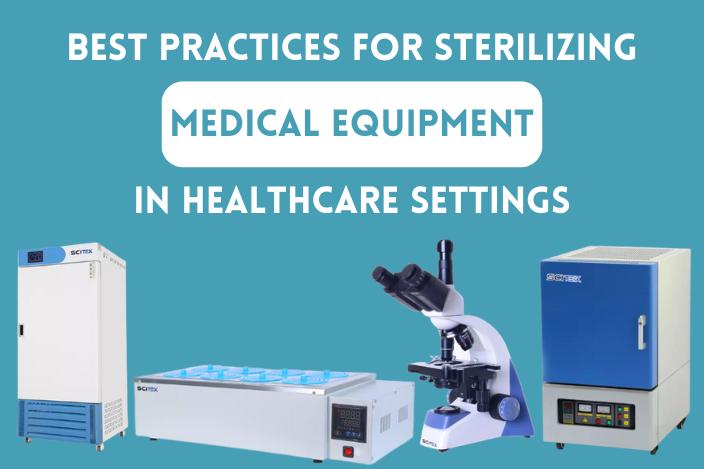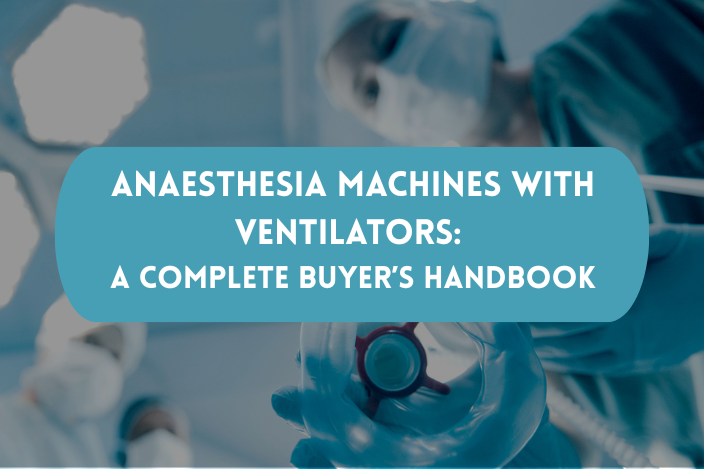
Published on 22-09-2025
Anaesthesia Machines with Ventilators: A Complete Buyer’s Handbook
Introduction
When lives are on the line in the operating room, every piece of equipment matters none more so than the anaesthesia machine with ventilator. These systems ensure not just sedation but safe, continuous breathing for surgical patients. Whether you’re upgrading your OR or setting up a new facility, selecting the right unit is critical.
At Capri Medicals, we provide intelligent, reliable anaesthesia systems that meet the highest safety and performance standards. This handbook walks you through what anaesthesia machines do, what to look for, and how to choose the right one for your facility.
What Is an Anaesthesia Machine with Ventilator?
Anaesthesia machines with ventilators are integrated workstations that deliver anaesthetic gases and manage a patient’s breathing during surgery. These machines control oxygen, nitrous oxide, and volatile agents, while the built-in ventilator provides either assisted or controlled ventilation modes.
The modern system consists of:
-
A gas delivery system
-
Breathing circuits (piston or bellows-based)
-
Ventilation controls and alarms
-
Monitors for pressure, tidal volume, and gas concentration
-
Safety features like backup power and emergency valves
Why Anaesthesia Machines with Ventilators Matter
Anaesthesia machines are more than gas mixers they are life support systems. Their role is central to:
-
Safe oxygenation under general anaesthesia
-
Precision dosing of anaesthetic agents
-
Ventilation control for both spontaneous and non-spontaneous breathing
-
Real-time monitoring of patient respiratory parameters
-
Emergency safety features, including alarms, disconnection alerts, and fail-safes
Advanced machines with enhanced ventilator modes reduce complication risks, improve patient outcomes, and support clinicians in managing complex procedures efficiently.
How the Machine Works (Steps / Features)
1. Gas Flow Management
Medical gases (O₂, N₂O) enter through pressure regulators and flowmeters. Vaporizers control delivery of volatile agents.
2. Ventilation Control
The ventilator (either piston or bellows) ensures proper tidal volume and respiratory rate, based on pre-set modes like Volume Control or Pressure Control.
3. Fresh Gas Decoupling
Prevents unwanted volume spikes from fresh gas flow during inspiration, ensuring accurate volume delivery.
4. Monitoring & Safety Alarms
Monitors display airway pressure, tidal volume, respiratory rate, and oxygen concentration. Alarm systems alert the operator to disconnections, low pressure, or gas depletion.
5. Emergency Overrides
Includes backup manual modes, oxygen flush valves, and mechanical override systems to maintain ventilation if power fails.
Looking for a proven system? View the Anesthesia Machine with Ventilator in our product range.
Common Questions or Misconceptions
Q: How is a bellows ventilator different from a piston ventilator?
A: Bellows systems use gas pressure to compress air, while piston ventilators use an electric motor for more precise control. Piston types are quieter and require less driving gas but may need battery backup.
Q: Do all machines include safety alarms?
A: Yes modern machines must include pressure alarms, disconnection alerts, and oxygen failure alarms. The sophistication of these alarms varies by model.
Q: Can I use the same machine for all patients?
A: Anaesthesia machines vary in adaptability. Some models support both adult and pediatric settings, while others may be optimized for specific patient groups.
Q: Is power failure a major risk?
A: Only if unprepared. Quality machines come with battery backup and manual override. Ensure your team is trained on emergency modes.
For a tailored recommendation, contact us for expert assistance.
Conclusion
Anaesthesia machines with ventilators are essential for safe and effective surgical care. They are the cornerstone of modern operating rooms, supporting precise ventilation, gas delivery, and critical monitoring.
At Capri Medicals, we guide healthcare facilities to invest in machines that offer reliability, safety, and operational flexibility. From feature-rich configurations to post-sale support, we’re here to help.
Need help choosing the right anaesthesia workstation? Contact our team for expert guidance.

.png)
.png)
.png)
.png)
.png)
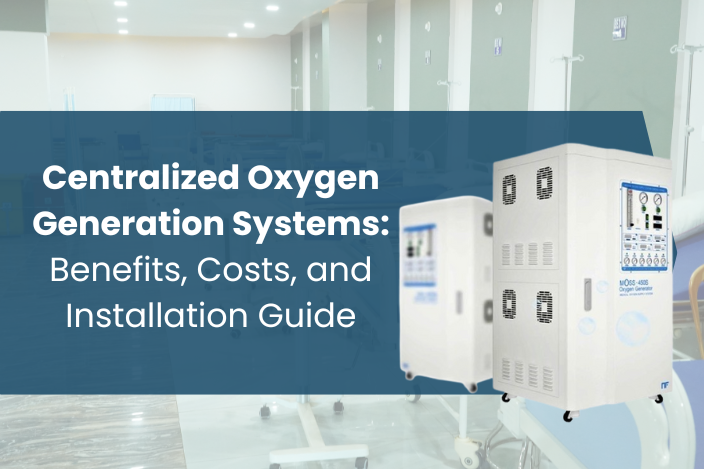
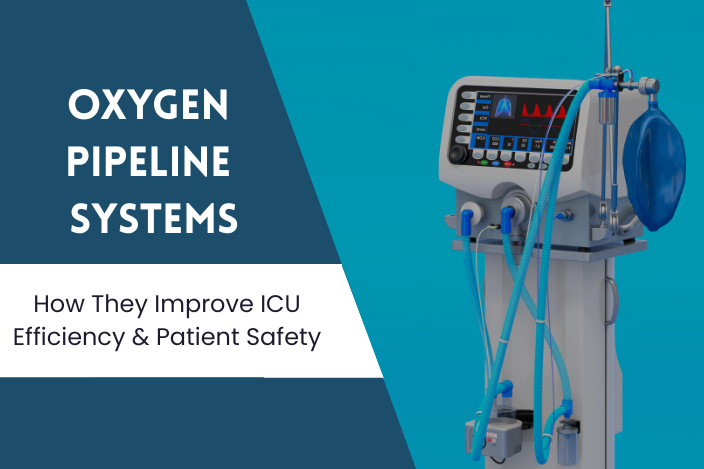
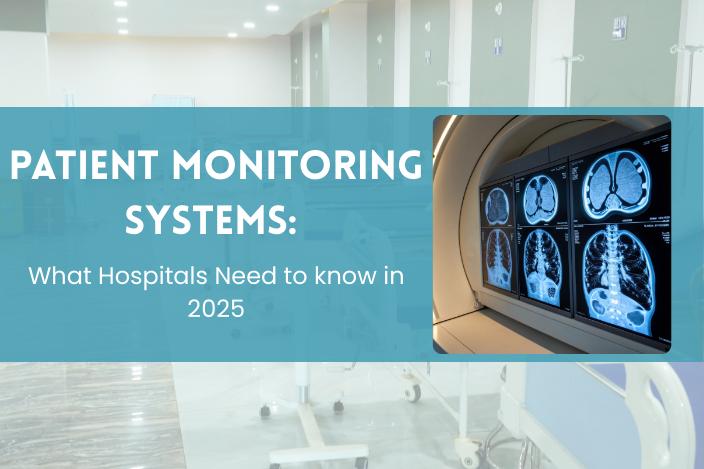
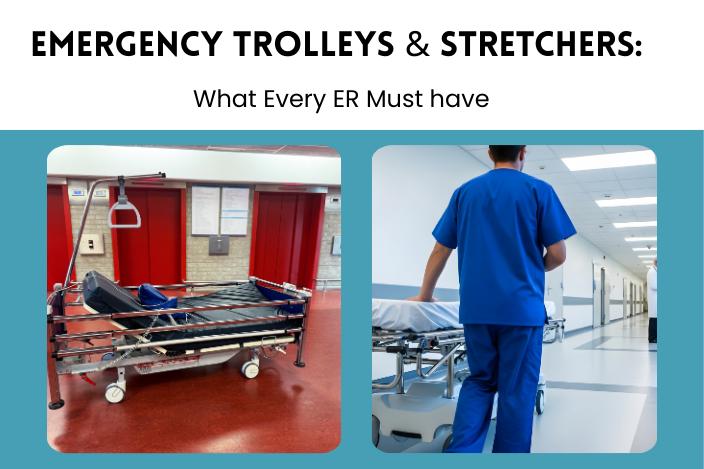
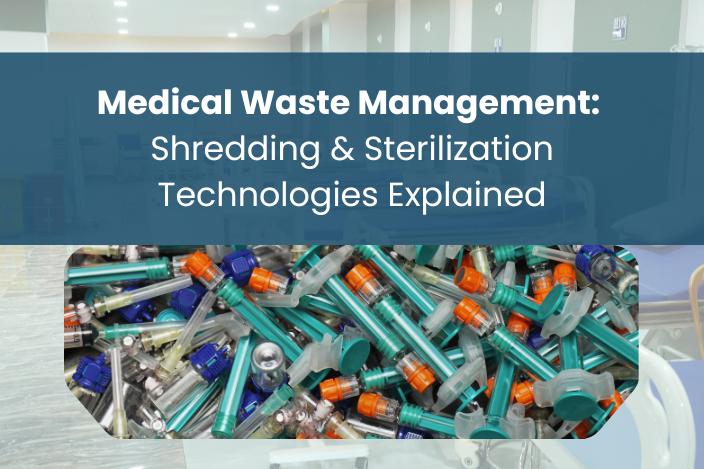
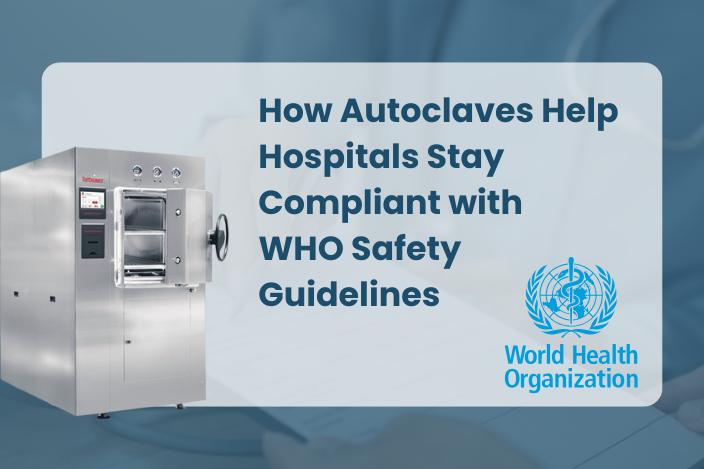
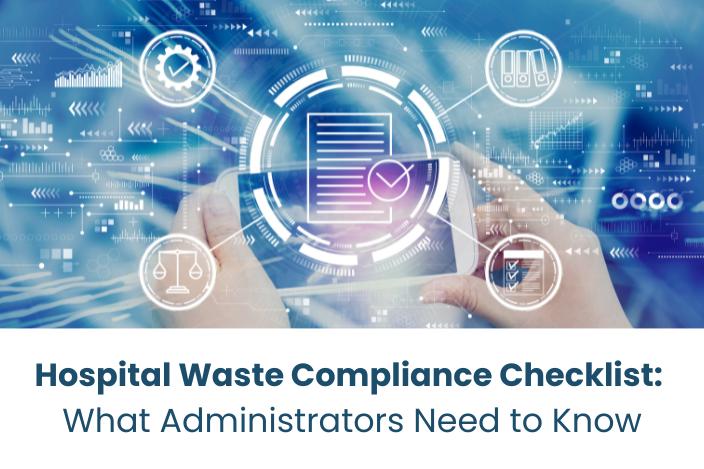
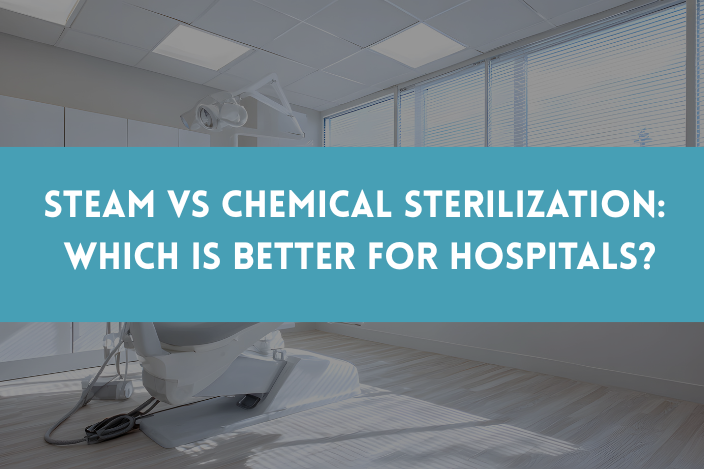
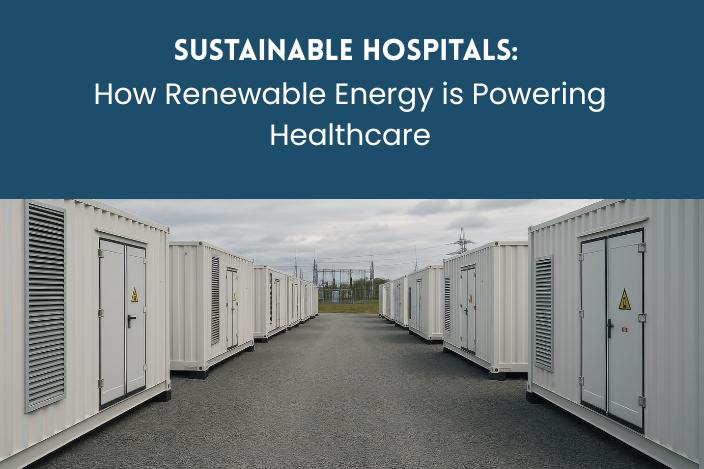

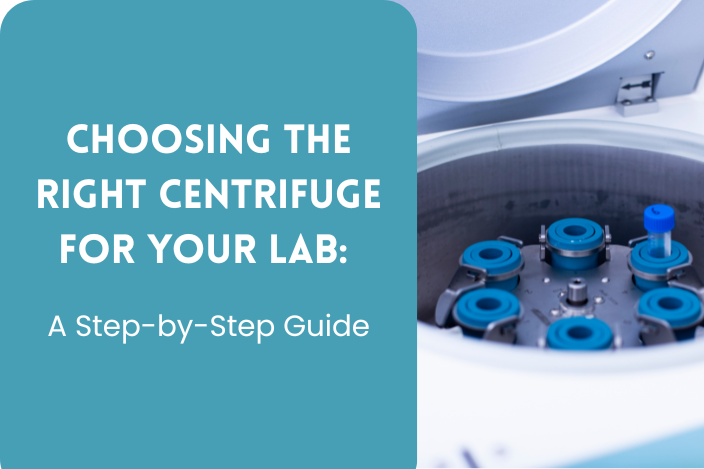
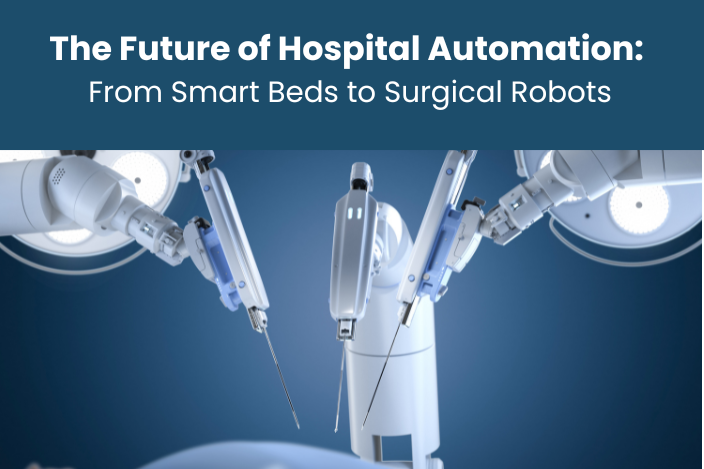
.png)
